1. Red Wolf

Once roaming the southeastern United States in great numbers, the red wolf now teeters on the edge of extinction. With its striking rust-colored coat and lean, athletic build, this predator was once an essential part of the region’s ecosystem, keeping prey populations in check. But as settlers expanded, red wolves were seen as a threat to livestock and were hunted relentlessly. Habitat loss and interbreeding with coyotes further complicated their survival, leaving only a handful in the wild today.
Despite conservation efforts, their numbers remain critically low, with the only known wild population confined to North Carolina’s Alligator River National Wildlife Refuge. Breeding programs have attempted to reintroduce them into the wild, but challenges persist. Without stronger protections and public awareness, this uniquely American predator may vanish forever, turning it into another tragic symbol of human impact on nature. The fate of the red wolf now lies in the balance, and whether it disappears or thrives again depends on urgent action.
2. Florida Panther
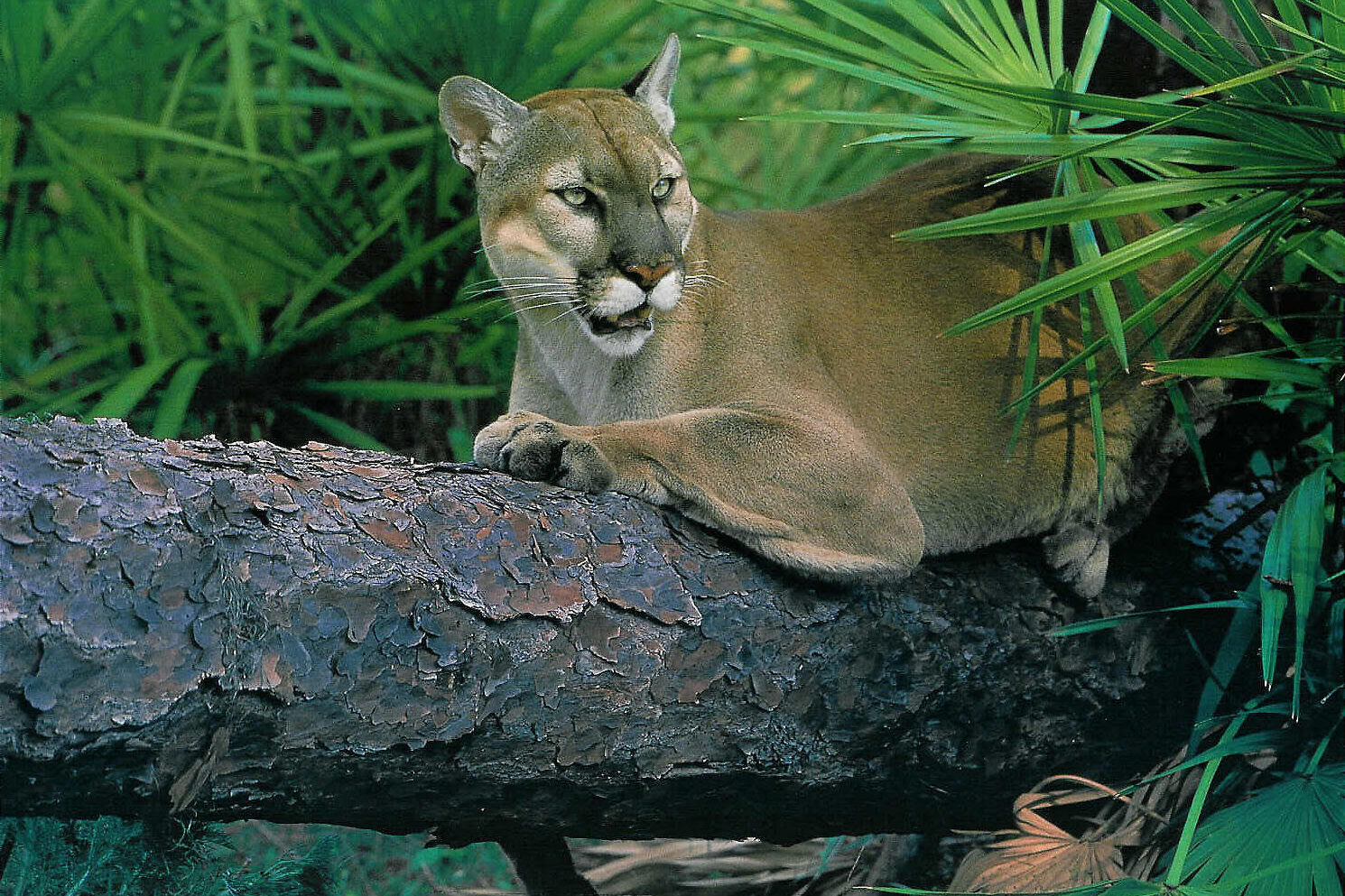
The Florida panther, a subspecies of the mountain lion, is one of the most endangered mammals in the United States. Once roaming across the Southeast, these sleek, powerful cats are now restricted to the swamps and forests of southern Florida. Habitat destruction due to urban sprawl, highways slicing through their territory, and vehicle collisions have decimated their population. With fewer than 200 individuals left in the wild, every single panther counts.
Conservationists have worked tirelessly to establish wildlife corridors to allow these big cats to roam safely. But as Florida’s human population grows, so do the threats. Panthers are often hit by cars while trying to cross roads in search of food or mates, and genetic issues due to inbreeding have led to health problems. Without more protected land and safer crossings, the Florida panther could soon become a ghost of the past, remembered only in history books and museum displays.
3. Monarch Butterfly
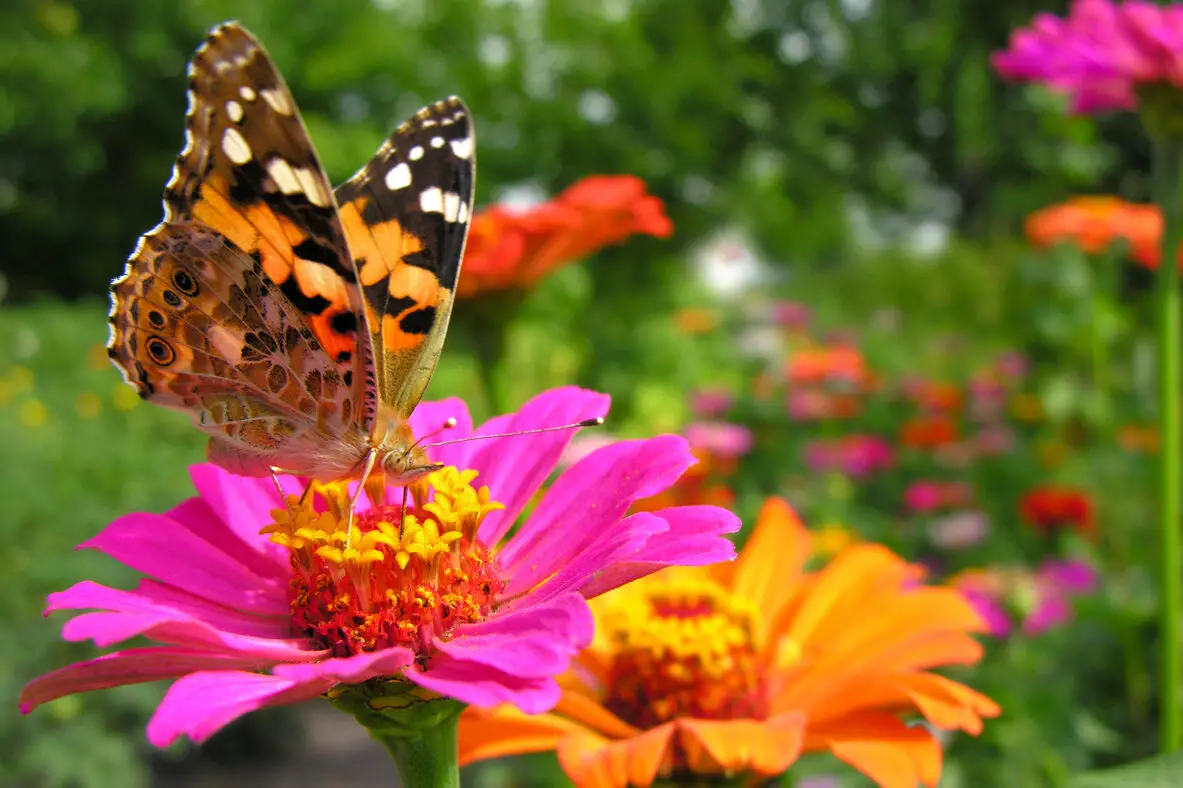
It’s hard to believe that the vibrant monarch butterfly, a staple of childhood memories and gardens across America, is in serious danger. These delicate creatures embark on an astonishing migration journey, traveling thousands of miles between the U.S. and Mexico each year. But their numbers have plummeted due to habitat destruction, climate change, and the widespread use of pesticides that eliminate milkweed—the only plant their caterpillars can eat.
The monarch’s decline isn’t just a loss for butterfly lovers; it signals a deeper problem in our ecosystem. As pollinators, they play a crucial role in plant reproduction, and their disappearance could have ripple effects on other species. Conservationists are urging people to plant milkweed and create butterfly-friendly spaces to help sustain the population. Without action, future generations might never experience the sight of a sky filled with fluttering orange and black wings.
4. Hawaiian Monk Seal
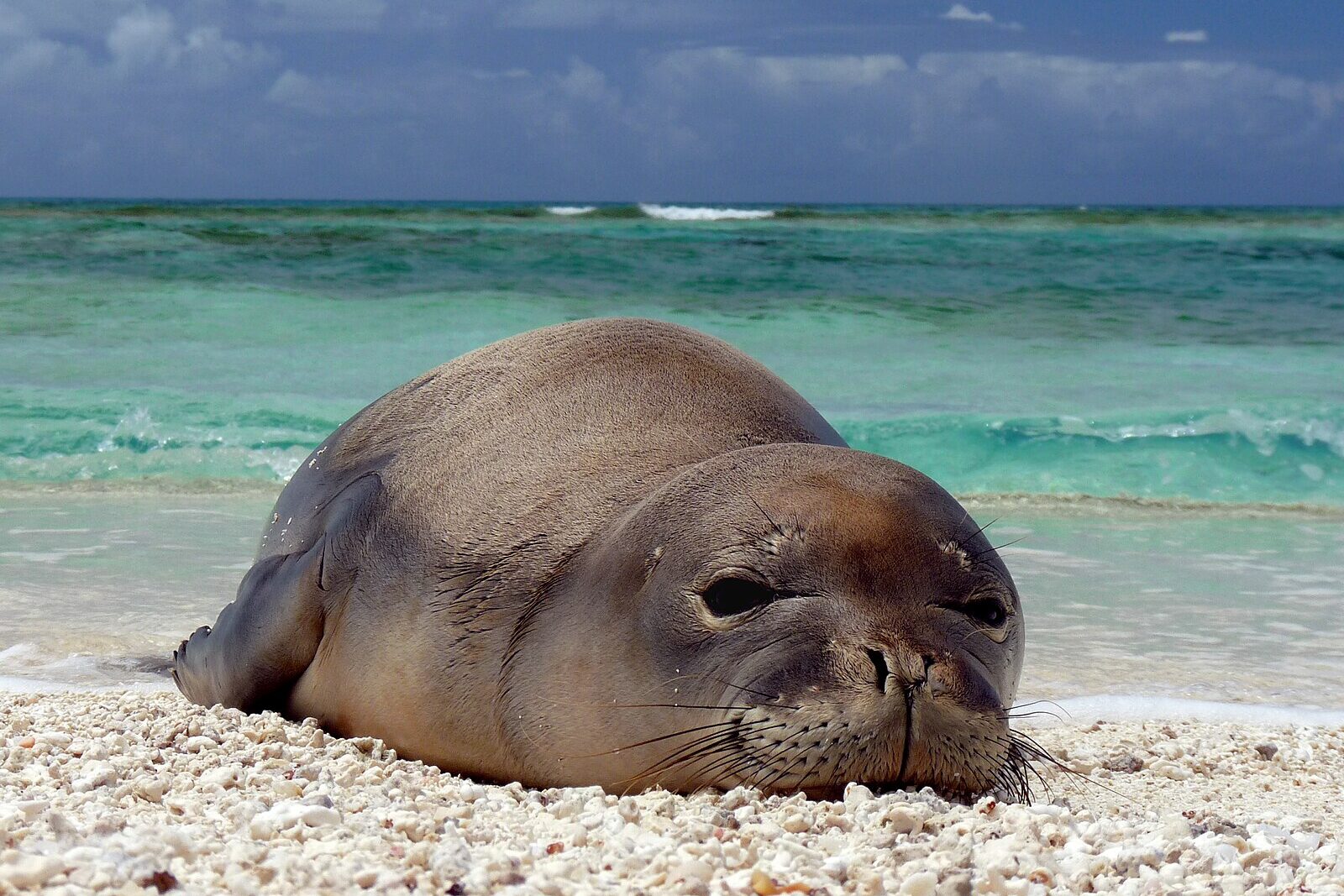
The Hawaiian monk seal is one of the rarest marine mammals on Earth, and its struggle for survival is dire. Found only in the Hawaiian Islands, these seals have faced centuries of hunting, habitat destruction, and human encroachment. With fewer than 1,500 individuals left in the wild, their fate is hanging by a thread. Their main threats include entanglement in fishing nets, declining food sources, and rising ocean temperatures that disrupt their ecosystem.
Efforts to protect these seals include beach monitoring programs, rehabilitation centers, and strict protections against human disturbance. But challenges remain, and climate change is adding an extra layer of unpredictability. Without continued conservation efforts, this unique species could be lost forever, marking the disappearance of one of the last remaining tropical seals on the planet. Their survival isn’t just a matter of preserving a single species—it’s a reflection of the health of the entire marine ecosystem.
5. Black-Footed Ferret
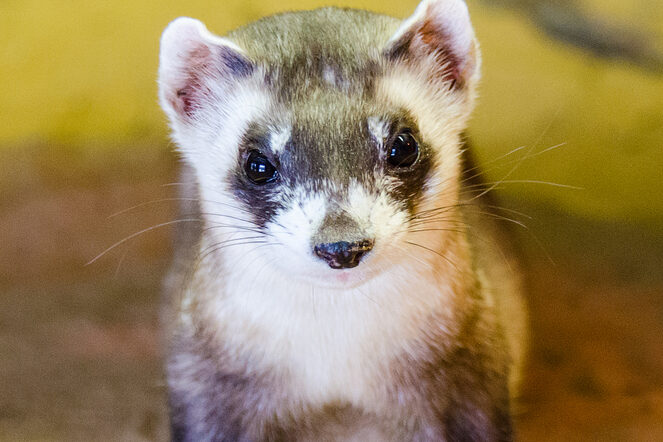
The black-footed ferret is one of the most inspiring comeback stories in conservation—but it’s not out of danger yet. Once thought to be extinct, a small group was discovered in the 1980s, sparking a massive effort to save them. These playful, nocturnal predators rely almost entirely on prairie dogs for food and shelter, which means their survival is directly tied to the health of the prairie ecosystem. Unfortunately, widespread prairie dog extermination and habitat loss have kept black-footed ferret numbers critically low.
Breeding and reintroduction programs have helped bring them back from the brink, but wild populations remain fragile. Disease outbreaks, shrinking habitats, and conflicts with landowners continue to threaten their existence. Conservationists stress that maintaining healthy prairie dog populations is essential for the black-footed ferret’s survival. If efforts stall, this species could face another brush with extinction—one it may not come back from a second time.
6. California Condor

The California condor is North America’s largest land bird, with a wingspan stretching nearly ten feet. Yet, despite its impressive size, it came terrifyingly close to vanishing forever. By the 1980s, there were fewer than 30 condors left in the wild, primarily due to lead poisoning from ingesting bullet fragments in carrion, habitat loss, and illegal hunting. Conservationists took drastic action, capturing the last remaining individuals to start a captive breeding program.
Today, thanks to dedicated efforts, condor numbers have risen to over 500, with many released back into the wild. However, they’re still not in the clear. Lead poisoning remains a major threat, as many birds continue to ingest contaminated food. Without stronger regulations on lead ammunition and continued conservation programs, the species could once again find itself on the brink. The California condor’s story is a testament to what can be achieved when people rally behind a species—but also a warning that success requires ongoing commitment.
7. Axolotl
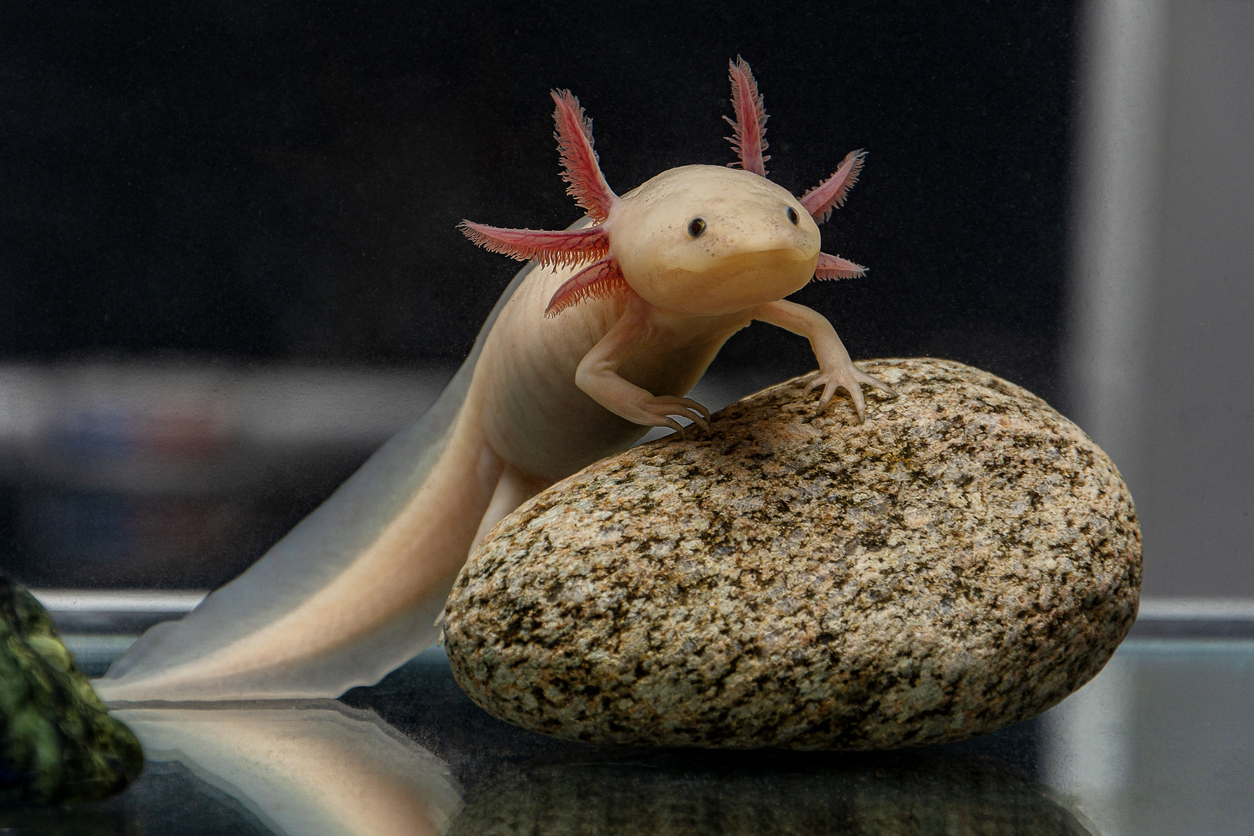
Though it may not be as well-known as the bald eagle or the bison, the axolotl is an iconic species in its own right. These unusual amphibians, often called “Mexican walking fish,” have captivated scientists and pet enthusiasts alike with their ability to regenerate limbs. Once thriving in lakes around Mexico City, they have nearly vanished from their natural habitat due to pollution, invasive species, and urban expansion.
In the U.S., axolotls are popular in the pet trade and research labs, but in the wild, they are critically endangered. Conservationists stress that their decline is a warning sign for freshwater ecosystems everywhere. While breeding programs exist, habitat restoration efforts are still struggling to keep up with the rapid destruction of their native waters. Without intervention, the only axolotls left might be those in tanks and aquariums, severing their connection to the wild forever.
8. West Indian Manatee

The gentle, slow-moving West Indian manatee is often called the “sea cow,” and for good reason. These massive marine mammals glide peacefully through warm coastal waters, grazing on seagrass and captivating those lucky enough to see them. But despite their calm demeanor, they face a storm of threats, from boat collisions and habitat destruction to pollution and climate change. Florida’s manatee population has been particularly hard hit, with thousands dying due to shrinking food sources and toxic algae blooms.
Even though conservation efforts have helped increase their numbers over the years, their future remains uncertain. Seagrass die-offs, driven by water pollution, have left many starving. Boat strikes continue to be a leading cause of injury and death, despite speed restrictions in manatee zones. Protecting these gentle giants means preserving their delicate ecosystem and ensuring that human activity doesn’t push them back toward the brink of extinction.
9. Gray Wolf
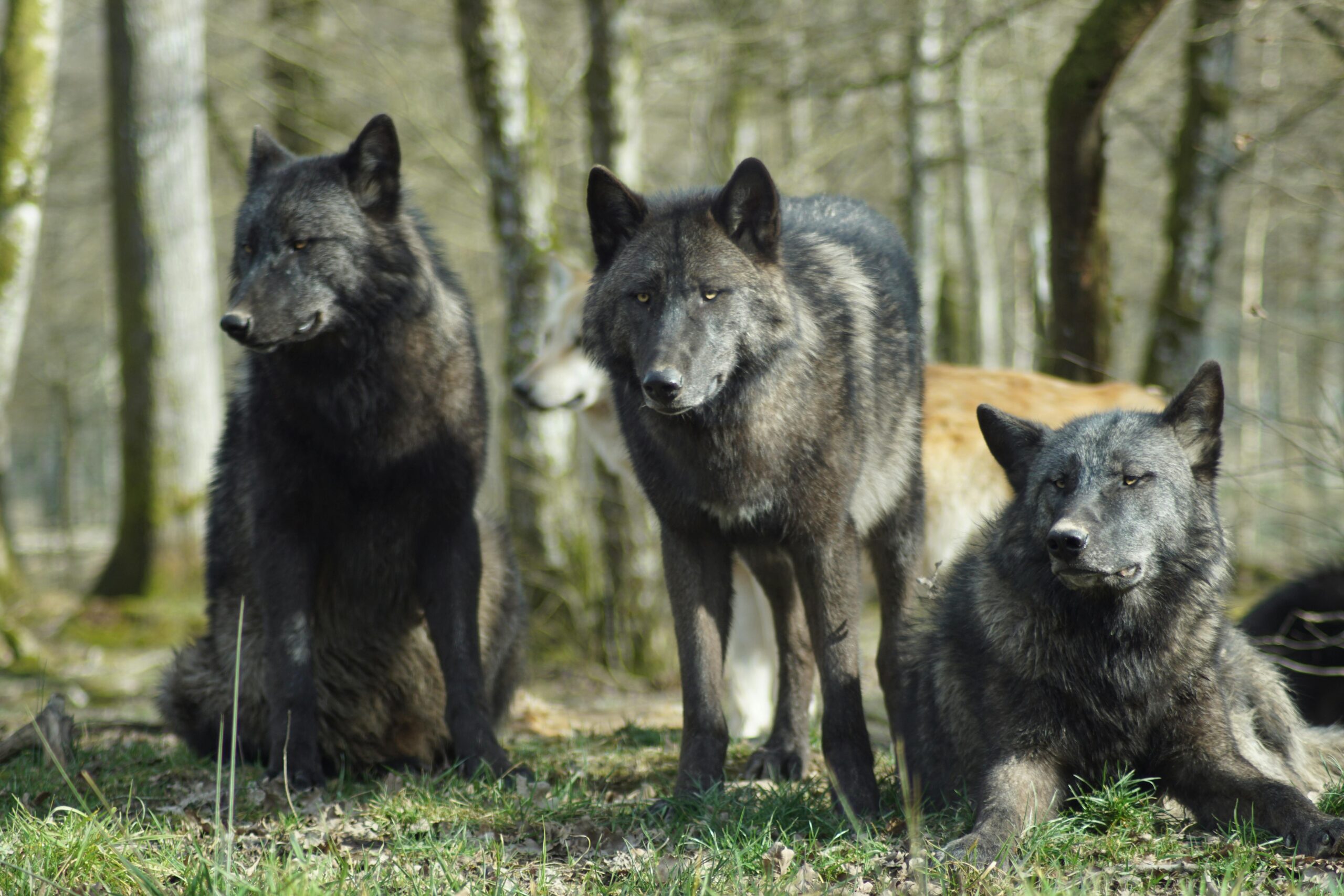
Few animals spark as much controversy as the gray wolf. Once nearly wiped out in the lower 48 states due to hunting and habitat loss, these intelligent predators have made a slow but determined comeback. Conservationists worked tirelessly to reintroduce them to places like Yellowstone National Park, where their return helped restore balance to the ecosystem by controlling deer and elk populations. However, wolves remain under threat, as hunting and policy changes continue to challenge their survival.
Despite the ecological benefits of their presence, debates over wolf management rage on. Some states have loosened protections, allowing more hunting, while others fight to expand their territory. The fate of the gray wolf ultimately depends on a delicate balance between conservation efforts and human tolerance. Without continued advocacy, these iconic predators could once again disappear from the wild, turning their hard-fought comeback into another tragic chapter in their history.
10. American Bison

The American bison is one of the greatest comeback stories in conservation, but its wild populations are still a fraction of what they once were. Once numbering in the millions, these massive animals were nearly wiped out in the 19th century due to overhunting and westward expansion. Today, they exist primarily in national parks and reserves, but true wild herds remain rare. Most bison in the U.S. are now raised for commercial purposes, blurring the line between wild and domesticated.
Conservationists continue to push for more protected land and rewilding efforts to allow bison to roam freely. The presence of wild bison is crucial for maintaining grassland ecosystems, as their grazing habits support plant diversity and soil health. However, conflicts with ranching interests have made expansion difficult. If their population isn’t given more room to grow, bison could remain trapped in a semi-domesticated status rather than reclaiming their place as a fully wild species.
11. Loggerhead Sea Turtle

The loggerhead sea turtle has been swimming in Earth’s oceans for millions of years, but today, its survival is far from guaranteed. These ancient reptiles face a gauntlet of threats, including habitat loss, plastic pollution, accidental capture in fishing gear, and rising ocean temperatures that affect their nesting sites. Though they are found along both the Atlantic and Pacific coasts of the U.S., their numbers continue to decline.
Efforts to protect nesting beaches have helped, but new challenges arise every year. Light pollution near beaches disorients hatchlings, making it harder for them to reach the ocean. Climate change is also altering the ratio of male to female turtles, as warmer sand temperatures result in more female hatchlings, potentially disrupting population dynamics. Without continued conservation efforts, the loggerhead sea turtle could become another species remembered more for its past than its future.
12. Whooping Crane
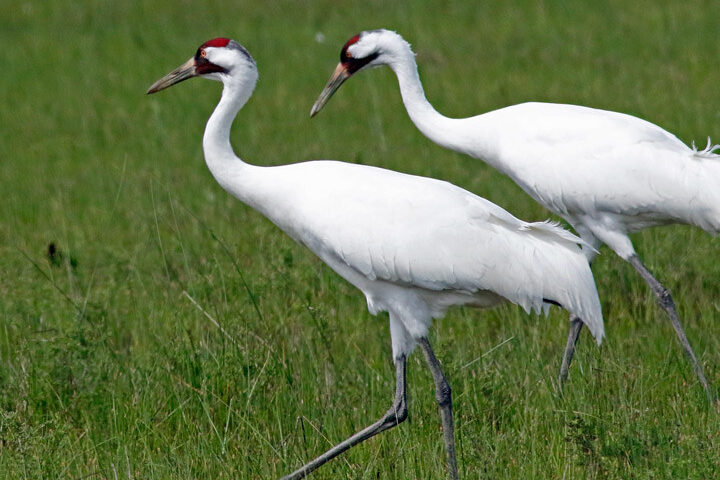
The whooping crane, with its striking white plumage and unmistakable call, is one of North America’s most endangered birds. Once reduced to fewer than 20 individuals in the 1940s, this species has been the focus of one of the most intensive wildlife recovery efforts ever undertaken. Conservationists have worked tirelessly to breed and reintroduce them into the wild, with some success. However, habitat destruction, power line collisions, and human disturbance continue to threaten their fragile recovery.
Protecting their wetland habitats is critical for ensuring their survival. While their numbers have slowly increased, they remain highly vulnerable. Conservation groups continue to monitor and guide young cranes on migration routes to help them adapt to the wild. The fight to save the whooping crane is a testament to how much effort it takes to pull a species back from the brink. But without constant vigilance, they could still slip away, becoming another heartbreaking example of what happens when conservation efforts arrive too late.


